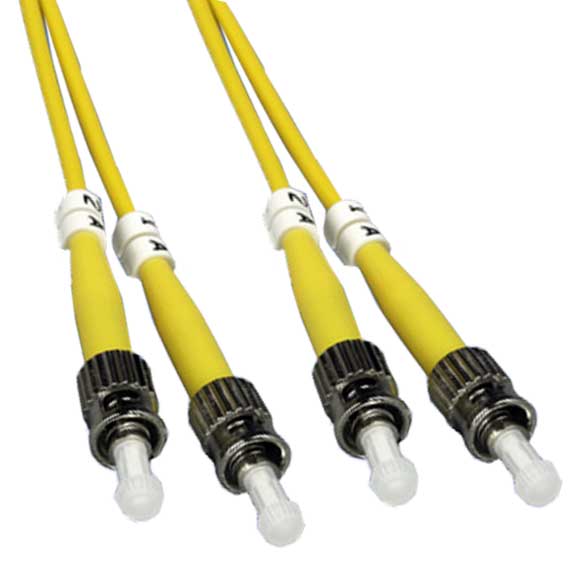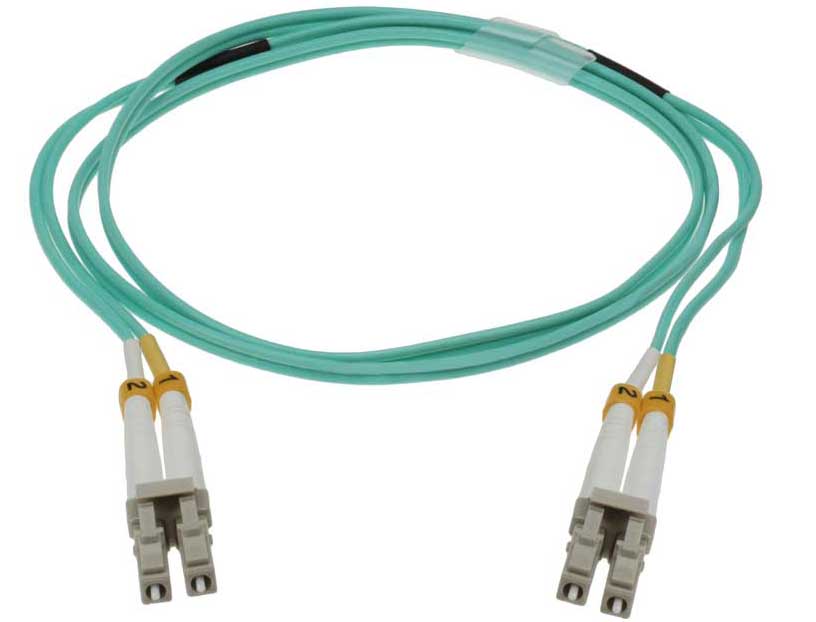Opting for a new internet connection? Then you must be looking to choose the service which provides high-speed data. As it’s a primary need of any internet user. When choosing the internet connection, we strive to get into every small detail. It is a sure thing that, you’re familiar with cables, wireless devices, DSL. But, fiber optic systems may still be a mystery. Fiber optic cables are modern technology cables that can carry telephone calls and emails around the orb in seconds. For new adopters, the questions may arise that how fiber optic systems work? Would they be beneficial for your business? This article explains both of these questions and the working science behind these cables.
The Making
These cables are based on advanced technology standards. They are made of thousands of pure glass strands. Each of these strands is thinner than a human hair. These glass strands are bundled into an optical fiber cable with different types of parts described as below:
- The core part entails the glass fibers. It is the pathway of light signals.
- The cladding part is made of a different type of optical glass. It reflects light pulses back inside the core.
- It allows the single mode signals to travel long distances without losing their strength or quality.
- As protection, there’s a plastic coating around the glass cladding.
- To protect the cable from moisture and damage, there is a final layer of polyethylene.
The Working
There are two types of fiber cables available:
- Single-Mode Fiber
- Multi-Mode Fiber
Both of them are dependent on a light source to convert electrical information into pulses. Single-mode fiber uses the laser to create the light pulses that travel long distances. They are majorly used by government and educational organizations to extend fiber-optic networks across large campuses. Single mode cables carry signals for distances over sixty miles.
Multi-mode fiber optic cables work differently. They use LEDs as a light source. It has a core part with an average diameter of fifty microns. That’s why there is a larger number of light signals passing through a multi-mode core than in single-mode. Multi-mode fiber optics are a perfect choice for shorter distances. For example, you can use it within a building. Multi-mode fiber is majorly used than the single-mode fiber cables.
The Advantages:
The fiber optic cables are based on a technology that ensures fast working and security. That’s the reason market is already adopting them over the copper cables. Here are some of its benefits:
Speed: To provide faster uploads and downloads they move at 31% of the speed of light. That’s almost the three times of more speed of copper cables. Copper cables move at 1% of the speed of light.
Reliable: The major benefit of Fiber optic cables is safety. It prevents currents from the core part. This makes the fiber optic networks more versatile. These cables do not entail a fire hazard, as electricity cannot pass through the glass. On the other hand, copper is prone to electricity and can pose a fire hazard if not carefully maintained.
Secure: Light doesn’t discharge electromagnetic signals. It makes fiber cable impossible to tap. In any case, if security is violated, the light will leak out from the layers of glass and polyethylene. And that will make the system fail.
Low Cost: If you are planning to adopt fiber optics cables, it may seem like an investment initially. Although, it costs less in terms of maintenance. It doesn’t demand much networking and hardware options compared to others.
Final Thoughts
Over the past few years, fiber optic networks have transformed the industry workflow. With their evolvement, they have replaced the copper cables majorly for long distance calls. When it comes to choosing internet services, there are multiple players in the market. At the same time, the industry is moving towards the direction that offers high-speed data with reliable solutions. That’s where the fiber optics plays a major role. These cables are reliable, safe, and provide high accessibility to services. According to industry experts, fiber optics has taken the majority of internet connections with 99% of international communications. It is worth upgrade to fiber optics systems for sufficient speed and standard internet usage.

 Log in with Facebook
Log in with Facebook 










